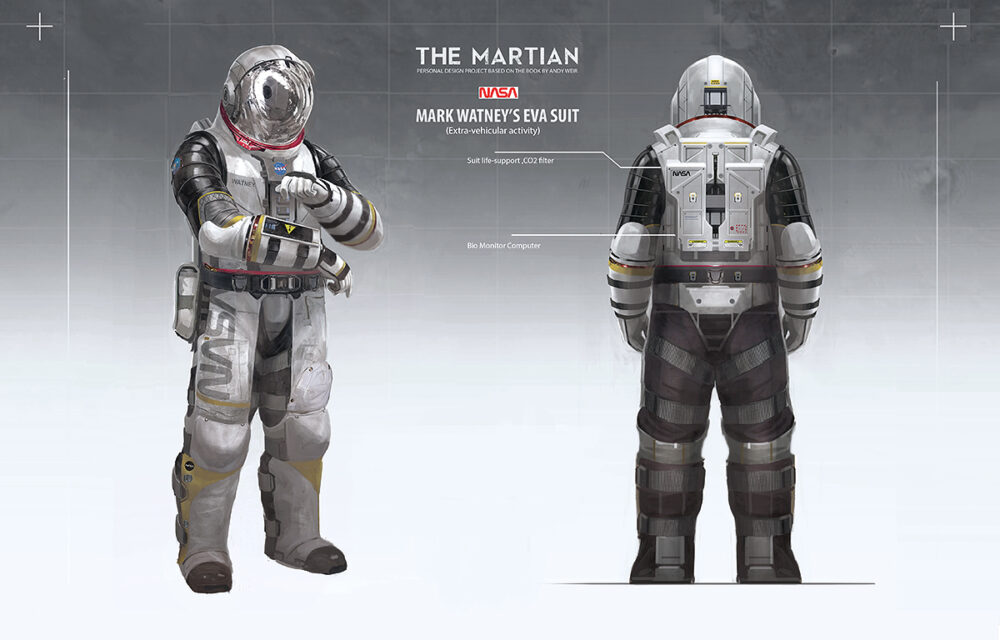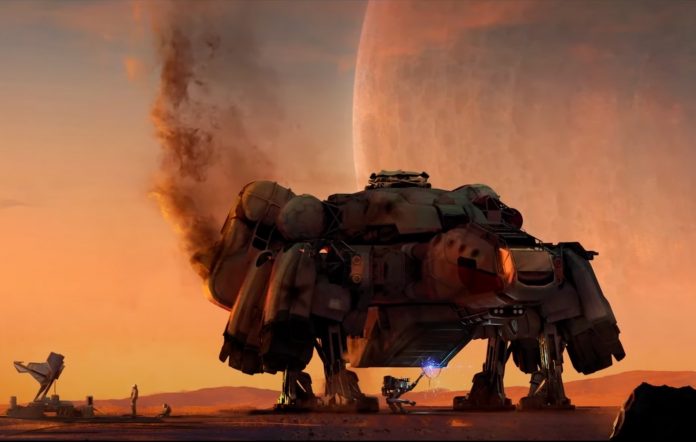
https://www.jpl.nasa.gov/galleries/visions-of-the-future#grid-127451-1
To say my life revolves around space exploration is probably a bit dramatic, but I will say that a huge portion of my favorite things to discuss, think about, and even my career path involve space exploration. To me, it just seems like the natural progression of humanity’s journey: we have catalogued pretty much every square inch of Earth and we just keep growing as a species, now it’s time to explore space. It is pretty cliche, but I totally empathize with the phrase ‘Born too late to explore the world, born too early to explore the stars’. But thankfully, it seems we are currently living on the very cusp of that space exploration, and I just live for that.
So, for my project I know I want to do something along the lines of space travel, specifically future space travel, but not so future that it’s unrecognizable. I think what really engages me with space is the ‘how’ of getting there, and how it literally pushes the boundaries of human knowledge while simultaneously having to remain very human and intuitive. This conjecture is where I want to base my project, something that at first glance is technically advanced, but closer inspection reveals familiarity.
Space exploration design adheres to the aesthetic of practicality, one prime example that pins down practicality is the widespread invention of touch screen technology, but it’s extremely rare inclusion in aerospace hardware. While modern touch screens aren’t prone to failure, astronauts still prefer the reliability and tactility of dials, knobs, and switches to ensure mission success. That practicality shows up in nearly every aspect of aerospace design: visually exposed valves, pipes, fasteners, belts, plating, etc.

https://conceptartworld.com/inspiration/astronaut-concept-art-and-illustration
But while practicality is a huge driving factor behind space design, it doesn’t appear completely utilitarian; you know space exploration when you see it. There is a certain implicit stylization to all of it, demarcated by a color palette of whites, reds, oranges, yellows, golds, blues and blacks. While many will be quick to point out that most of these colors actually do serve a purpose, such as that white reflects the most heat from the sun off the object, why not choose bright neon pink as indicator for an important switch? Certainly its more visible than red; therefore I conclude that style does indeed play some role in space design.

https://www.behance.net/gallery/89704689/NASA-Artemis-Concept-Art-and-Style-Frame
In recent memory, one piece of media that comes to mind in embodying this space exploration aesthetic is the video game Starfield. Starfield takes place in the far but not distant future, around 300 years, and lets players explore the Milky Way Galaxy. Exploration is done via spaceships flying around solar systems and on-foot to explore planetary surfaces. The game has coined the term ‘NASA Punk’ to describe the very tactile, industrial, and practical aesthetic much of the design follows, and very heavily takes inspiration from modern spacecraft. All the machinery, hardware, tools and systems are visually recognizable on spaceships and spacesuits alike, just like today. While I am not a fan of the term NASA Punk as it seems that every discernable aesthetic has the term punk slapped onto it, this is precisely the aesthetic I am shooting for in my project.

https://www.nme.com/news/gaming-news/starfield-developers-share-details-on-the-games-nasa-punk-style-3165130


3 Comments. Leave new
Hi Barret ,
Your passion for space exploration and understanding of the intricate balance between functionality and style in aerospace design truly stands out in your post. I’m excited to hear more about how you’ll blend the ‘NASA Punk’ aesthetic with practical elements in your project, and what other inspirations you might draw upon!
I also love the look of space exploration; as you explained well, it feels like the future, it feels like possibility. You’re absolutely right that, while a lot of the aesthetic of space exploration is largely derived from practical purposes, it has its own sense of style; it even has regional variations (the grey-green used on a number of Soviet craft is rather unique, isn’t it?). When you choose what you want to make within this style, do you think it’ll be something directly related to space – celebrating the aesthetic within its own home, so to speak – or something different?
Hi Barrett,
I love the space exploration aesthetic choice. I’m excited to see what ideas you have for creating your main project/ what materials you plan on using. Is there any particular machine/space contraption that you plan on replicating the aesthetic of?